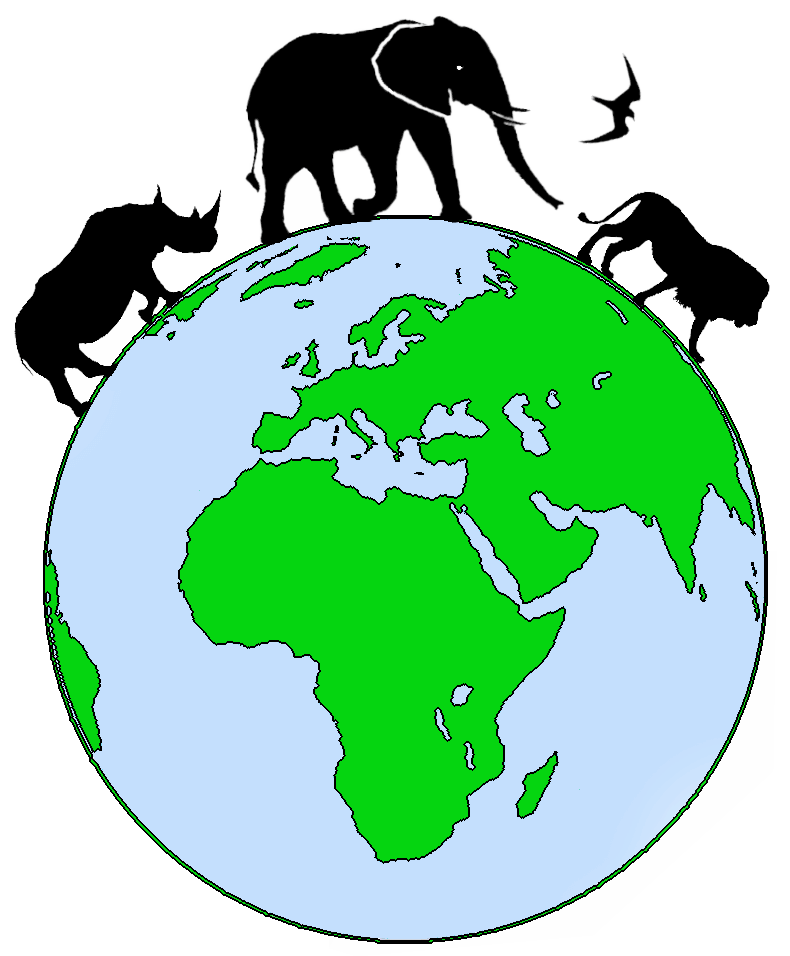Dr Richard Hoare and his team had fitted 15 giraffes in Hwange National Park with a GPS transmitter in their ears as part of a GCF (Giraffe Conservation Foundation) project shortly before our visit. The giraffes are being monitored by Oxford University. 1 day before our arrival at Bomani Lodge, our guide Pete had spotted a giraffe in the bush with a wire snare around its neck. The tether had broken so the giraffe was no longer tied to the tree, but was long enough to step on. After locating the giraffe, everyone was alerted (the National Park Service's Emergency Wildlife Rescue, the CWF's Anti-Poaching Unit led by our friend Steve Alexander, and the GCF with Jaco Olivier, with whom we had already been in Harare). The national park's veterinarian Dr Kudzai Muponde managed to anaesthetise the giraffe properly. The team remove the snare very quickly. After the wake-up shot, the giraffe disappeared into the bush. Unfortunately, we ourselves were a few minutes too late for this rescue operation. But we would only have been observers anyway.

Newborn giraffe still possessing its umbilical cord

Sad that you also have to protect these wonderful animals extra

These Red-billed Oxpeckers are important for the giraffes, but sometimes also a nuisance.

The following teams were deployed to free the giraffe from the snare: 1. emergency wildlife rescue led by vet Dr Kudzai Muponde

2. GCF (Giraffe Conservation Foundation) with Jaco Olivier

The CWF's anti-poaching unit with Steve Alexander.

The giraffe had this snare around its neck.

Wildlife vet Dr Kudzai Mupone gave the well-aimed shot for anaesthesia.

This 3 teams has work together brilliantly to free the giraffe from the snare.


